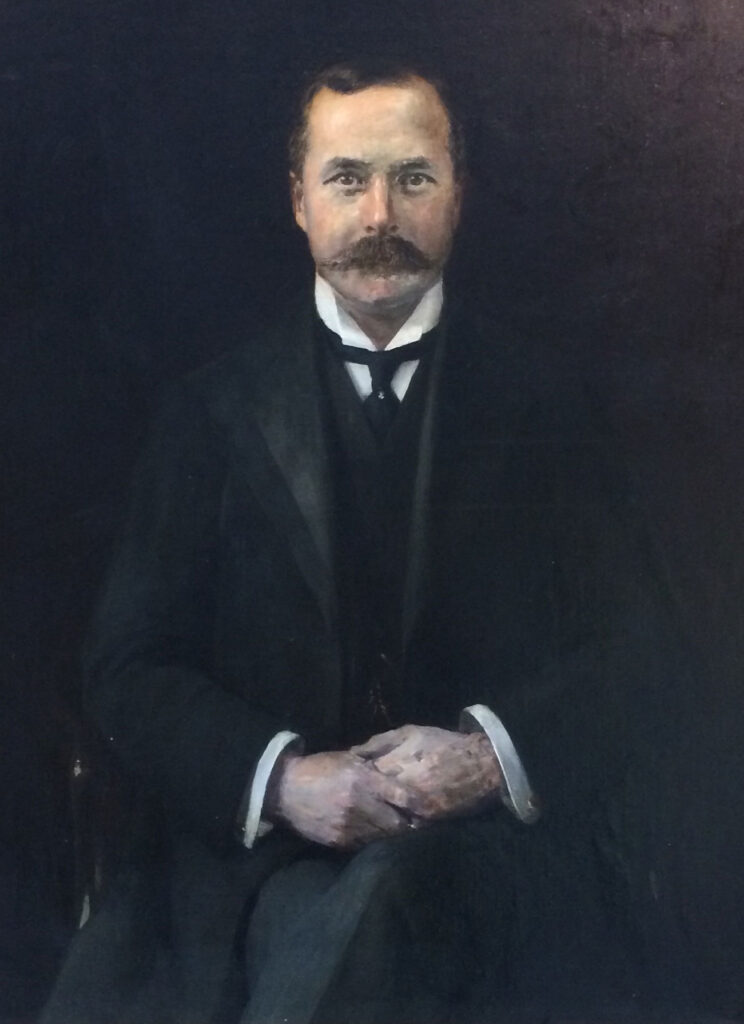Sir Peter Freyer
The man who ‘sold’ open prostatectomy to the world!
The name Freyer lives on with the eponymous ‘Freyer open suprapubic prostatectomy’. Although he was not the first to carry out that procedure, he carried out large numbers publishing the results and demonstrated the technique to many surgeons from across the world.
Peter Freyer was born on 2 July 1851 in County Galway, Ireland. He went to the Erasmus Smith School in there, winning a scholarship to Queen’s College, also in Galway. In 1872 he obtained a first class honours degree in Arts, winning the gold medal. He then studied medicine for another two years, being a resident pupil at Dr Steeven’s Hospital in Dublin.
Freyer won another gold medal when he gained his MD in 1874 and came first in the competitive examination for a commission as a medical officer in the Indian Medical Service (IMS). He travelled to India as an acting civil surgeon at Azamgarh in 1877.
In India, Freyer became proficient in operating on bladder stones. He found the new Lithotrity at a single sitting, or Lithalopaxy, introduced by the American Bigalow suited his Indian and Colonial patients very well. While based at Moradabad he attended the Nawab of Rampur and crushed his stone with a lithotrite. In gratitude for his services the Nawab gave Freyer a Lakh (100,000) of rupees, equivalent to £10,000. This caused trouble with his superiors in the IMS and he subsequently returned to England to set up a private practice at 46 Harley Street, London.
In London Freyer rapidly established a reputation as a surgeon specialising in the treatment of urinary problems. In particular he became renowned for his treatment of stone. In 598 cases of transurethral lithopaxy his mortality was only 1.84%, compared with a mortality of 12.5% for open lithotomy that was common at the time. He was elected to the staff of St Peter’s Hospital for Stone in 1897.
In December 1900, he first performed a total extirpation of the prostate using a transvesical method at St Peter’s Hospital. Although he was not the first to do this, although his claims that he did, or at least that his method was unique, caused a lot of international controversy. He did however most certainly popularise this procedure, publishing widely and inviting guests from across the world to join him at St Peter’s to watch him operate. In 1912, he published his first 1000 cases in the British Medical Journal. Remarkably, he only had a mortality of 3% in his last 200 cases.
During the First World War, Freyer’s understanding of Indian language and culture made him an excellent candidate to command the home medical service back in England for the wounded Indian soldiers returning from the trenches. The Brighton Pavilion, the C18th Eastern inspired former pleasure palace of the Prince Reagent, was turned into a military hospital for them. Freyer was made a Knight’s Commander of the Order of Bath for his war service in 1917.
In 1920, he was elected the first President of the Section of Urology of the Royal Society of Medicine, the first British urological society. Sir Peter Freyer died on 9th September 1921.





